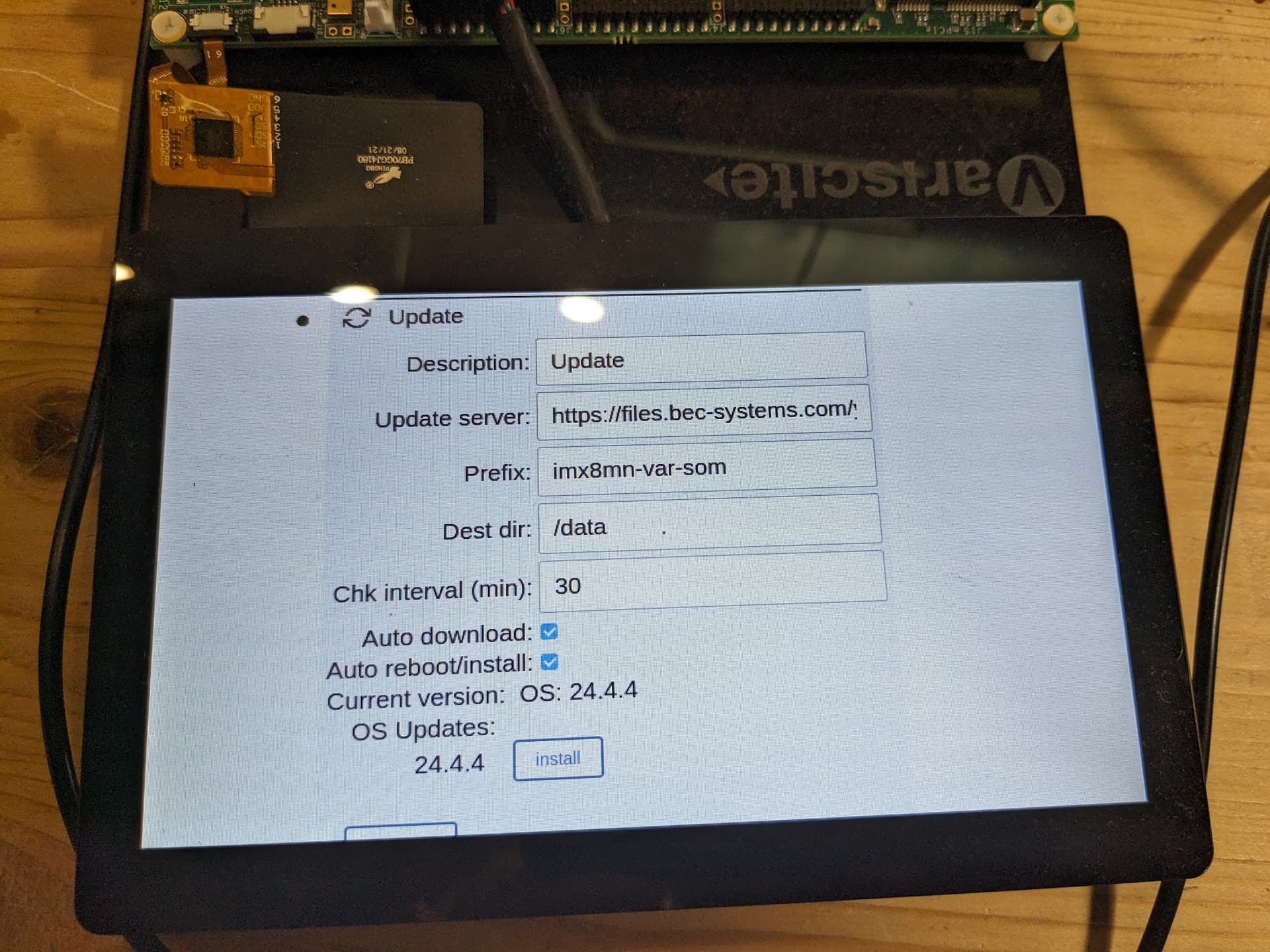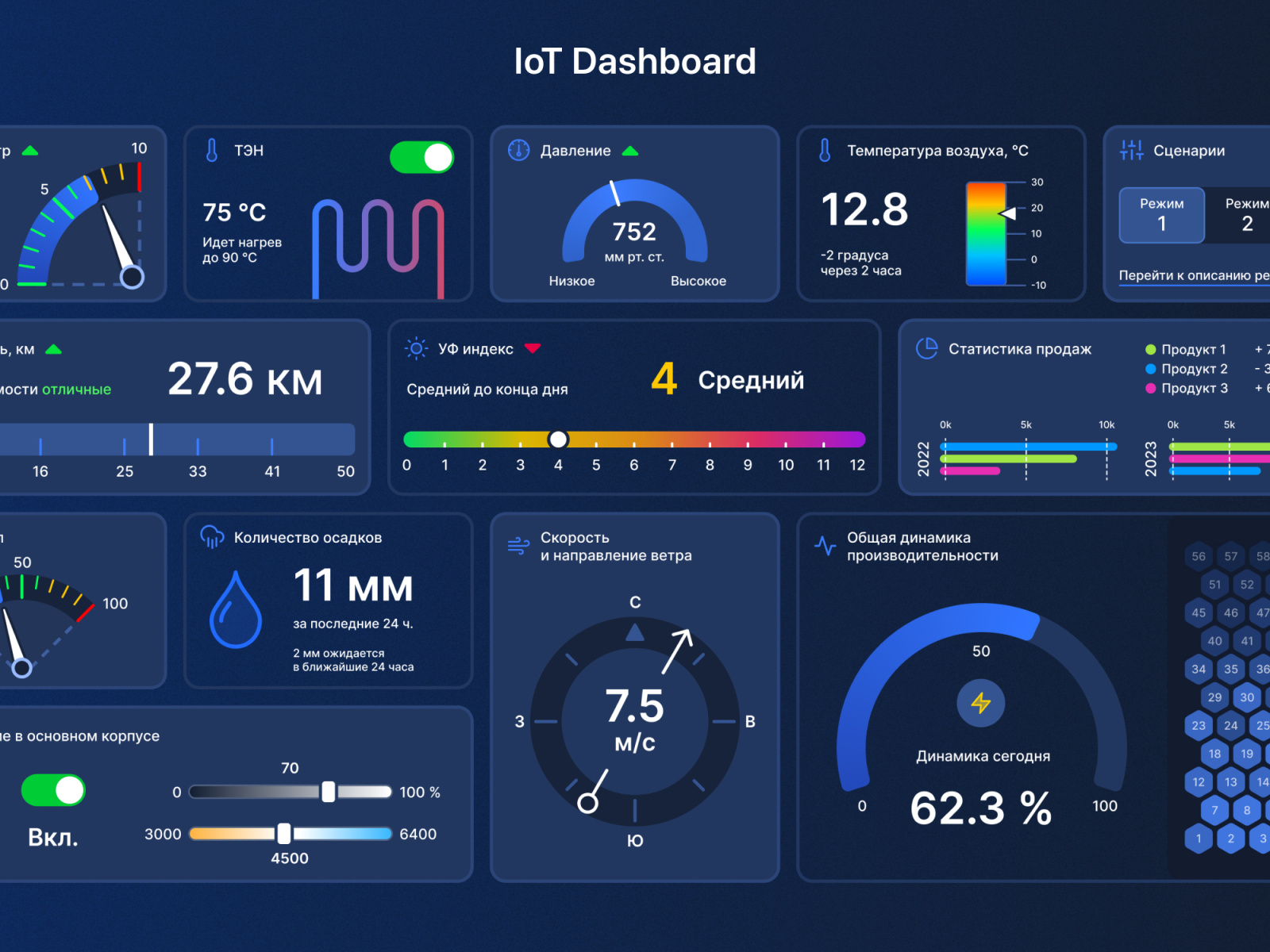Revolutionizing Efficiency: A Deep Dive Into IoT Update Management
IoT update management is not just a buzzword—it’s the backbone of modern technology ecosystems. Imagine a world where devices seamlessly communicate with one another, updating themselves without manual intervention. Sounds futuristic, right? Well, that future is here, thanks to IoT update management. This cutting-edge technology ensures that all connected devices operate at peak performance by automizing software updates, reducing downtime, and enhancing security. It’s like having a personal tech assistant working behind the scenes to keep everything running smoothly.
Now, you might be thinking, “Why should I care about IoT update management?” Well, my friend, if you’ve ever experienced the frustration of a device malfunctioning because of outdated software or dealt with the nightmare of a security breach, you’ll understand why this topic matters. IoT update management is the solution to these problems, and understanding it can transform how you interact with technology.
Before we dive deeper, let’s address the elephant in the room: IoT update management isn’t just for tech enthusiasts or IT professionals. It affects everyone who uses smart devices, which, let’s face it, is pretty much everyone these days. So, buckle up because we’re about to embark on a journey to unravel the mysteries of IoT update management and discover how it can revolutionize your tech experience.
What Exactly is IoT Update Management?
IoT update management refers to the process of maintaining and updating the software on Internet of Things (IoT) devices to ensure they function optimally. Think of it as the digital equivalent of tuning up your car. Just like a car needs regular maintenance to run smoothly, IoT devices require updates to stay secure, efficient, and up-to-date with the latest features.
But why is this important? Well, IoT devices are everywhere—from smart home appliances to industrial machinery. Each of these devices relies on software to function, and outdated software can lead to performance issues, security vulnerabilities, and even complete device failure. IoT update management addresses these concerns by automating the update process, ensuring that devices receive the latest patches and improvements without requiring user intervention.
Why IoT Update Management Matters
Let’s break it down. Here are a few reasons why IoT update management is crucial:
- Security: Outdated software is a goldmine for hackers. IoT update management ensures that devices are protected against the latest threats by regularly applying security patches.
- Performance: Updates often include optimizations that improve device performance, making your gadgets faster and more efficient.
- Compatibility: As technology evolves, devices need to stay compatible with new systems and standards. IoT update management keeps your devices up-to-date with the latest protocols.
- Cost Savings: Preventing device failures and reducing downtime can save businesses and consumers significant amounts of money in the long run.
In a world where connectivity is king, IoT update management is the unsung hero ensuring that everything works harmoniously.
The Evolution of IoT Update Management
IoT update management hasn’t always been as advanced as it is today. Back in the early days of IoT, updating devices was a manual process that required users to physically connect their devices to a computer or download updates manually. It was time-consuming, error-prone, and frankly, a pain in the neck.
Fast forward to today, and we have sophisticated systems that can update thousands of devices simultaneously, often without the user even realizing it. This evolution has been driven by advancements in cloud computing, machine learning, and over-the-air (OTA) update technologies. These innovations have made IoT update management faster, more reliable, and more scalable than ever before.
Key Milestones in IoT Update Management
Here are some of the key milestones that have shaped the evolution of IoT update management:
- 2010s: The rise of cloud-based update systems allowed for remote updates, revolutionizing how devices were maintained.
- 2015-2020: The introduction of machine learning algorithms improved the accuracy and efficiency of update processes, reducing errors and improving user experience.
- 2020-Present: The focus has shifted to security, with updates now prioritizing protection against cyber threats and ensuring compliance with global regulations.
These advancements have not only made IoT update management more effective but have also paved the way for new possibilities in the IoT ecosystem.
Challenges in IoT Update Management
Despite its many benefits, IoT update management isn’t without its challenges. One of the biggest hurdles is ensuring that updates are delivered consistently across a wide variety of devices. With so many different types of IoT devices, each with its own hardware and software requirements, creating a one-size-fits-all solution is nearly impossible.
Another challenge is balancing the need for frequent updates with the potential for disruption. While regular updates are essential for maintaining security and performance, too many updates can overwhelm users and cause frustration. Finding the right balance is key to ensuring that IoT update management remains effective and user-friendly.
Common Challenges and Solutions
Here are some common challenges in IoT update management and how they’re being addressed:
- Device Diversity: Developers are creating more flexible update systems that can adapt to different device types and configurations.
- Security Risks: Advanced encryption and authentication protocols are being implemented to protect devices during the update process.
- User Experience: User-friendly interfaces and automated scheduling options are helping to reduce the impact of updates on daily device usage.
By addressing these challenges, IoT update management continues to evolve and improve, making it an even more valuable tool in the tech landscape.
Best Practices for IoT Update Management
Implementing effective IoT update management requires more than just installing the latest software. It involves a strategic approach that considers the unique needs of your devices and users. Here are some best practices to help you get started:
- Regular Testing: Before rolling out updates to all devices, test them on a small subset to ensure compatibility and performance.
- Automated Scheduling: Use automated scheduling tools to deliver updates during off-peak hours, minimizing disruption to users.
- Security First: Prioritize security updates and ensure that all devices are protected against the latest threats.
- Feedback Loops: Establish feedback loops with users to gather insights on update performance and identify areas for improvement.
By following these best practices, you can ensure that your IoT update management system is both effective and user-friendly.
The Role of AI in IoT Update Management
Artificial intelligence (AI) is playing an increasingly important role in IoT update management. By analyzing vast amounts of data, AI algorithms can predict when updates are needed, identify potential issues before they occur, and optimize the update process for maximum efficiency.
For example, AI can analyze device usage patterns to determine the best time to schedule updates, ensuring that they don’t interfere with critical operations. It can also monitor network conditions to ensure that updates are delivered smoothly, even in areas with limited connectivity.
How AI is Transforming IoT Update Management
Here are a few ways AI is transforming IoT update management:
- Predictive Maintenance: AI can predict when devices are likely to fail and schedule updates accordingly, reducing downtime.
- Personalized Updates: AI can tailor updates to the specific needs of each device, ensuring that they receive only the most relevant improvements.
- Improved Security: AI can detect and respond to security threats in real-time, enhancing the overall security of the IoT ecosystem.
As AI technology continues to evolve, its role in IoT update management is only set to grow, offering even more benefits and possibilities.
IoT Update Management in Action
To truly understand the impact of IoT update management, let’s look at some real-world examples. Companies like Tesla and Amazon are leading the way in this field, using IoT update management to enhance their products and services.
Tesla, for instance, uses over-the-air (OTA) updates to improve the performance of its electric vehicles. These updates can include everything from new software features to improved battery management systems, all delivered seamlessly to the car without the need for a visit to the dealership.
Amazon, on the other hand, uses IoT update management to keep its Echo devices up-to-date with the latest skills and features. This ensures that users always have access to the most advanced voice-activated technology available.
Case Studies in IoT Update Management
Here are a couple of case studies that highlight the effectiveness of IoT update management:
- Tesla: By implementing OTA updates, Tesla has been able to reduce maintenance costs and improve customer satisfaction, setting a new standard for the automotive industry.
- Amazon: Regular updates to its Echo devices have kept Amazon at the forefront of the smart home market, maintaining its competitive edge in a rapidly evolving industry.
These examples demonstrate the transformative power of IoT update management and its potential to revolutionize various industries.
The Future of IoT Update Management
Looking ahead, the future of IoT update management is bright. Advances in AI, 5G technology, and edge computing are set to take IoT update management to new heights, offering even more benefits and possibilities.
AI will continue to play a key role, enabling more personalized and predictive updates that cater to the unique needs of each device. 5G technology will enhance the speed and reliability of updates, ensuring that they can be delivered quickly and efficiently, even to remote locations. And edge computing will allow for more localized processing, reducing latency and improving overall performance.
Trends to Watch in IoT Update Management
Here are some trends to watch in the future of IoT update management:
- AI-Driven Updates: AI will become even more integral, driving the development of smarter, more efficient update systems.
- 5G Connectivity: The rollout of 5G networks will enable faster, more reliable updates, enhancing the overall user experience.
- Edge Computing: By processing updates closer to the device, edge computing will reduce latency and improve performance, making updates faster and more efficient.
As these trends unfold, IoT update management will continue to evolve, offering even more benefits and possibilities for businesses and consumers alike.
Conclusion: Embrace the Future of IoT Update Management
In conclusion, IoT update management is a vital component of the modern tech ecosystem. By ensuring that devices remain secure, efficient, and up-to-date, it plays a crucial role in enhancing our daily lives. From improving security to optimizing performance, the benefits of IoT update management are clear and undeniable.
So, what can you do to take advantage of IoT update management? Start by implementing best practices, leveraging AI technology, and staying informed about the latest trends and developments. And don’t forget to share your thoughts and experiences in the comments below. Your feedback can help others understand the importance of IoT update management and how it can transform their tech experience.
Remember, the future of IoT update management is here, and it’s time to embrace it. So, let’s get started and see where this journey takes us!
Table of Contents
- What Exactly is IoT Update Management?
- Why IoT Update Management Matters
- The Evolution of IoT Update Management
- Key Milestones in IoT Update Management
- Challenges in IoT Update Management
- Common Challenges and Solutions
- Best Practices for IoT Update Management
- The Role of AI in IoT Update Management
- How AI is Transforming IoT Update Management
- IoT Update Management in Action
- Case Studies in IoT Update Management
- The Future of IoT Update Management
- Trends to Watch in IoT Update Management



Detail Author:
- Name : Mrs. Rita Rutherford IV
- Email : [email protected]
- Birthdate : 1999-10-22
- Address : 61648 Emmy Divide Myronshire, MN 71003-2414
- Phone : +1 (432) 438-5244
- Company : Bins-Kutch
- Job : Fish Game Warden
- Bio : Deserunt tenetur sunt quia esse natus voluptas ex. In expedita est rerum aspernatur. Eligendi numquam labore tenetur sed culpa qui. Est quidem repellendus doloribus deleniti numquam animi.